WTF is an NFT?
Credit: Mandi Karpo
February 16, 2022
On March 22, 2021, Co-founder and former Twitter CEO Jack Dorsey sold an image of his first tweet on Twitter for a measly $2,915,835.47. The tweet read, “just setting up my twttr.,” which, symbolically enough, was posted on March 21, 2006, 15 years and one day earlier from the sale date. The proceeds from the transaction were donated to the non-profit organization, GiveDirectly, for their Africa relief fund supporting families economically affected by COVID-19.
just setting up my twttr
— jack⚡️ (@jack) March 21, 2006
Before scrolling through Mr. Dorsey’s Twitter account and hoping to take a screenshot of this prominent tweet to become an instant millionaire, keep in mind that hundreds of users were already one scroll ahead.
After Dorsey tweeted the auction link on March 5, 2021, the comment section was filled with confusion, ridicule and screenshots of the listing’s image as comedic banter. However, Dorsey’s image is worth millions in comparison to users’ screenshots. So, what did Dorsey actually sell and how did he do it?
Non-Fungible Token (NFT)
Mr. Dorsey sold what’s called a Non-Fungible Token, renowned as NFT. The acronym is reserved for digital artworks, recordings or any type of virtual asset that is not fungible, or not replaceable.
Dorsey’s one-of-a-kind image cannot be replaced because he is inherently the artist and original owner of the image. The user who purchased this screenshot for $2.9 million, Sina Estavi, CEO of Bridge Oracle blockchain, now owns the original, non-fungible image of the first-ever tweet in history.
When Mr. Estavi officially received this tweet in his possession, he was given a token, or digital certificate, verifying the authenticity and his ownership of this non-fungible image.
To understand the “Token” element of the NFT, the blockchain must be understood.
The Blockchain
Traditionally, a bank is responsible for conducting hundreds of millions of transactions a day, making sure payments from one individual’s bank account end up profiting from another’s.
The mechanisms of the NFT blockchain are similar, except the bank is nowhere in sight. Instead of private corporate banks talking to other private corporate banks, all transactions in the buying and selling of NFTs is public record on the internet. This public ledger is maintained by thousands of individuals’ computers worldwide to monitor, verify and record every single purchase and sale.
Generally, public blockchains are “a place to put information that anyone can add to, that no one can change, and that isn’t controlled by any single person or entity,” states Mitchel Clark from The Verge.
The block stores the data in the blockchain or receipts in the instance of NFTs, but anyone using the blockchain can store any type of data they want.
Essentially, NFT blockchains are a chain of receipts keeping track of who owns what and how much it was purchased for. Hence, the token an individual receives after purchasing an NFT is a digital, public record of their ownership.
However, blockchain uses cryptocurrency instead of cash as a form of payment. While a few are used within NFT blockchains, the most essential coin in the NFT ecosystem is called Ethereum (ETH). Therefore, what Estavi actually paid Dorsey was 1630.5826 ETH or $2.9 million worth of Ethereum at the time. This amount of ETH has nearly doubled in worth in today’s market, clocking in at approximately $4.9 million.
The value of Ethereum constantly fluctuates like stock prices within the stock market. As of Feb. 6, 1 ETH is worth approximately $3,010.53.
The most formal and easiest method to buy Ethereum is to find a credible fiat-to-crypto platform that supports cryptocurrency purchases with any currency of choice. Some of the best exchange platforms include Coinbase, Binance, eToro, Bitstamp and KuCoin, among others. From here, an individual can link the account made with their bank account to create a crypto wallet that will house Ethereum, Bitcoin or really any cryptocurrency.
The NFT Marketplace
Several different NFT platforms keep a ledger of the receipts transacted from that specific platform. This means there are a lot of NFT blockchains.
For example, Valuables by Cent is a website where original creators can sell their autographed tweets, and people will buy them through an Ethereum blockchain. This is precisely what Dorsey did. However, Valuables by Cent is the only platform with a record of this sale and ownership on their blockchain.
The first and largest NFT marketplace is called OpenSea, which also uses an Ethereum blockchain. Founded by Alex Atallah and Devin Finzer in 2017, OpenSea is home to trillions of digital artworks, either handmade or computer-generated. In addition, OpenSea allows anyone to participate in the trading, selling, buying, creating or minting of NFTs.
To purchase an NFT through OpenSea, individuals can use Wrapped ETH (WETH), a substitute currency that enables consumers “to make pre-authorized bids that can be fulfilled at a later date without any further action from the bidder,” reads OpenSea’s Help Center. WETH and ETH are equivalent in value and can be exchanged directly through an OpenSea profile.
NFTs are customarily released as a collection, and OpenSea enables people to create a collection without any prior experience. There are a lot of nifty creations to make, but some of the popular assets on OpenSea consist of digital art, drawings, music, GIFs, memes, virtual worlds with scavenger hunts or games, trading cards, collectibles and more.
One of the most popular NFT’s on the OpenSea market right now is Azuki, a collection of 10,000 avatars that give buyers membership access to a metaverse called The Garden. According to their OpenSea bio, The Garden is “a corner of the internet where artists, builders and web3 enthusiasts meet to create a decentralized future.” The floor price, or the minimum price to purchase one of these NFT’s within the collection, starts at 10.69 ETH, or approximately $33,363.17.
View this post on Instagram
Another fan favorite taking over Twitter feeds and profile pictures is a collection titled The Bored Ape Yacht Club containing 10,000 art pieces of apes dressed in various styles looking bored. Anyone who purchases one of these apes on OpenSea gets a Yacht Club membership card granting “access to THE BATHROOM, a collaborative graffiti board,” reads the description on the OpenSea profile. The floor price for one NFT in this collection starts at 95.75 ETH, or approximately $298,832.88.
View this post on Instagram
To say NFTs have become a hot commodity would be a dramatic understatement. So, if it wasn’t already obvious, Dorsey was not the first person to monetize digital art. In fact, the first-ever created NFT, titled “Quantum,” was minted by Kevin McCoy in 2014, and sold for $1.4 million at a Sotheby’s auction, Natively Digital: A Curated NFT Sale, in June 2021.
Mike Winkelmann, who goes by the artist name Beeple, is one of the most expensive living artists to date after selling a digital collage of 5,000 images titled “Everydays – The First 5000 Days” for $69,346,250.00 on an online auction in March 2021. Chris Torres, the creator of the Nyan Cat, remastered the original GIF before auctioning and selling it for $590,000.00 in February 2021.
Even the NBA has hopped on the trend, partnering with Dapper Labs, a Flow blockchain company, to create NBA Top Shot. The online forum allows fans to buy, sell and trade video clips of their favorite professional basketball players from recent seasons.
Environmental Impact
The endless amount of creative opportunities alongside the potential for instantaneous wealth is inarguably a great marketing pitch. However, the flipside to the NFT community can overlook the environmental impact of minting and selling cryptoart.
According to Johnny Harris, a Youtube filmmaker and journalist with 2.18 million subscribers, the Ethereum blockchain uses 33 terawatt-hours (TWh) of electricity. Harris states that this amount of power is equivalent to the amount of electricity it takes to power the entire country of Serbia. To sustain the millions of NFT creators, buyers, sellers and traders, the amount of electricity generated is emitted through power plants, releasing carbon into the atmosphere and leaving a trace of carbon footprint.
Carbon footprint is an estimated amount of carbon emissions released into the atmosphere while creating or consuming a product. And because NFTs are relatively new to the digital space, peer-reviewed studies have found it difficult to estimate the exact amount of carbon footprint left behind. Not only this, but the process of minting, uploading and selling an NFT can get complicated with many moving parts.
Digiconomist, a platform dedicated to exposing the unintended economic and environmental consequences of digital trends, estimates that one single Ethereum transaction emits a carbon footprint of 33.4kg CO2. This is the average amount it would take to manufacture one pair of jeans. However, Memo Akten, a computational artist and program engineer, estimates that the average Ethereum transaction leaves a carbon footprint of 48kg CO2.
But remember, any time an NFT is minted or sold is considered one transaction, and there are thousands of Ethereum blockchain transactions every day. Earth.org estimates “that one NFT transaction is likely to have a carbon footprint more than 14 times that of mailing an art print.”
Art enthusiasts and historians value the original craftsmanship of famous paintings, drawings and sculptures, many of whom are willing to pay in the millions, maybe billions, for artworks such as Vincent Van Gogh’s “Starry Night” or Leonardo da Vinci’s “Mona Lisa.” In the same fashion, NFT fanatics are willing to pay a seasoned price for original, digitally minted art.
The reality is NFTs can potentially change the structure of the United States economy—ultimately shifting how citizens and corporations perceive the value of goods and how they obtain them. A process that eliminates the middle-man required for a majority of, if not all, industries and consumers to purchase, sell and trade virtually anything.
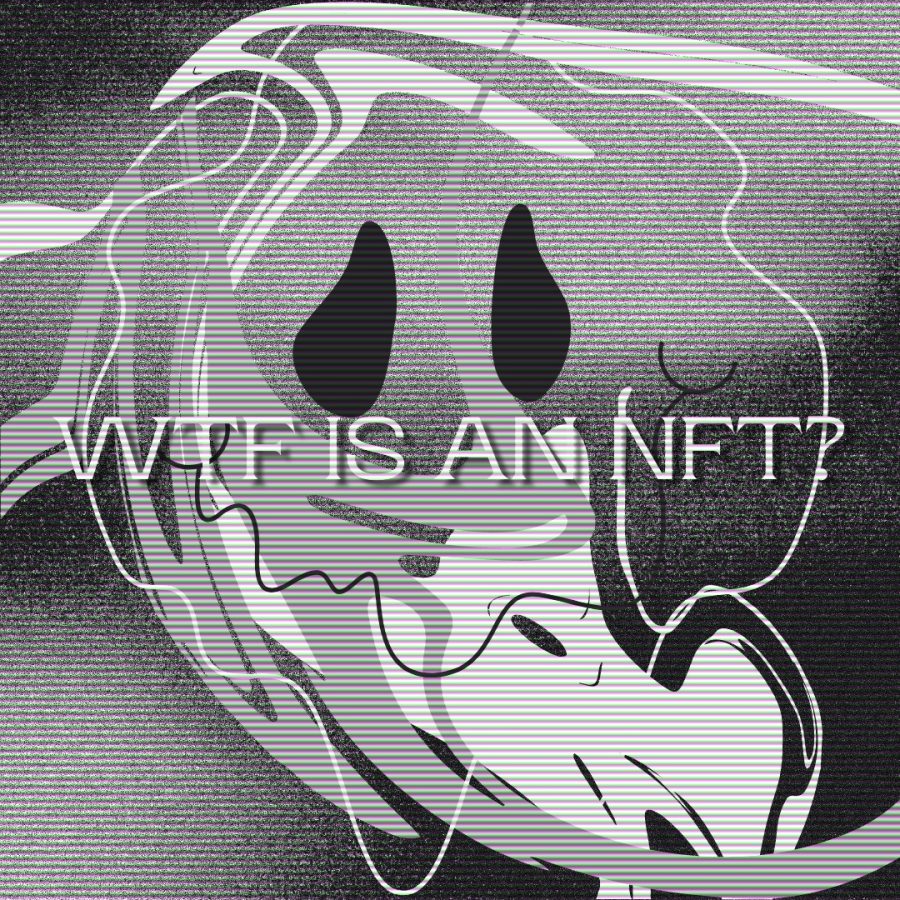


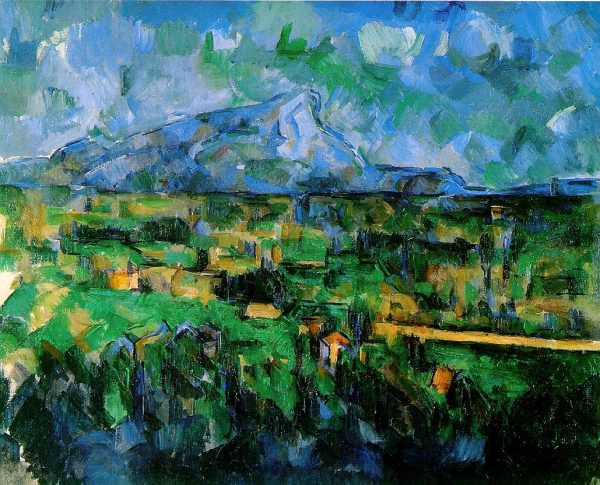
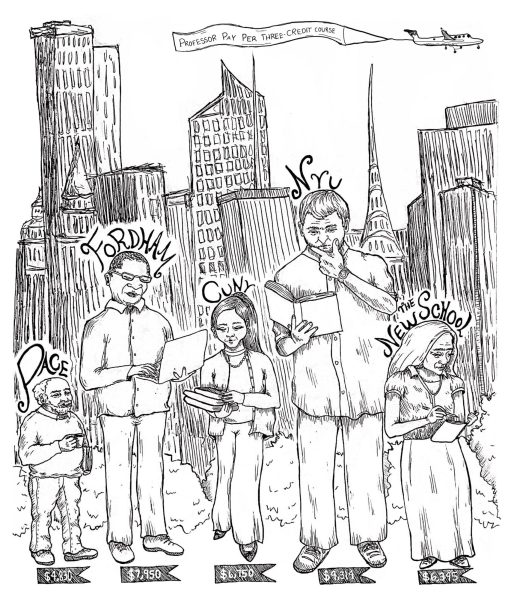
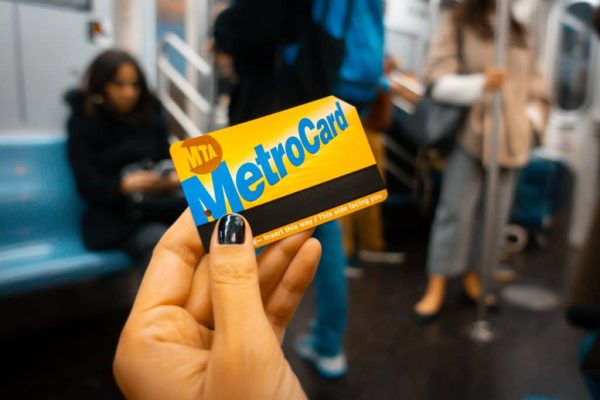
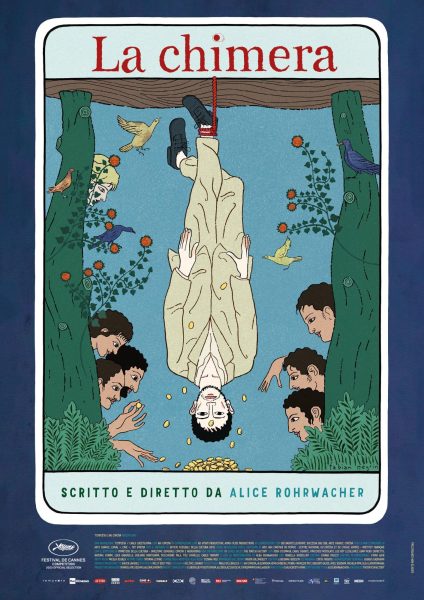
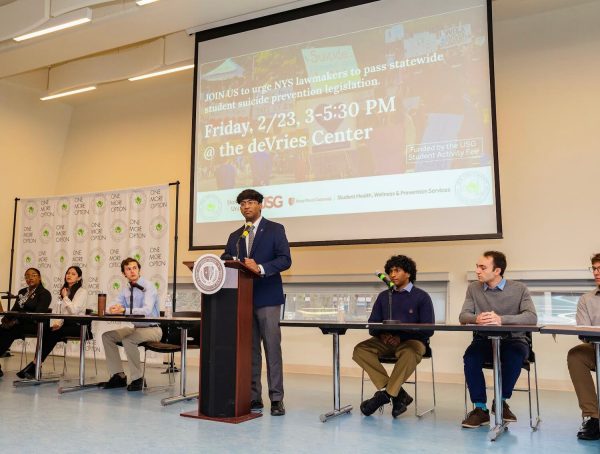







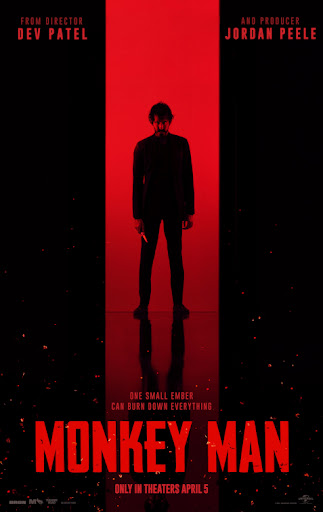
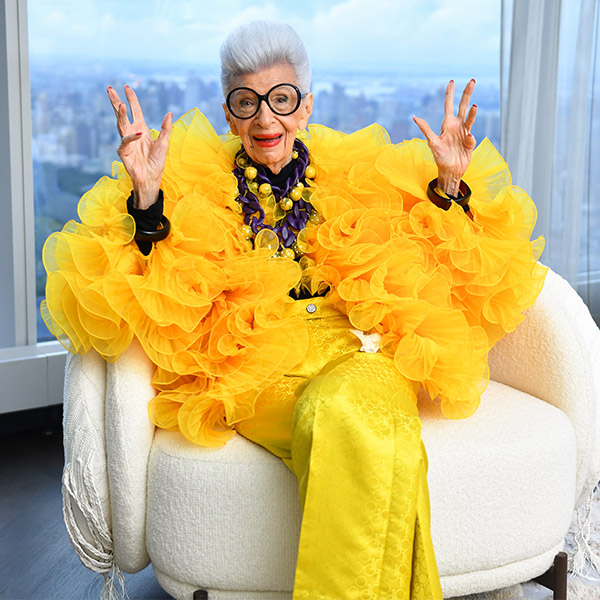


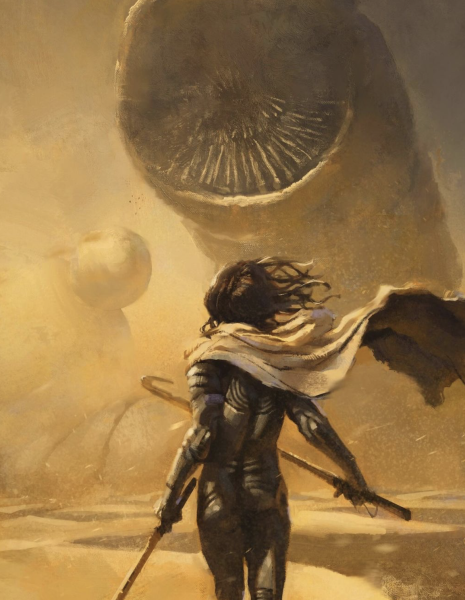

Mark K. • Feb 17, 2022 at 7:09 am
Now I understand a lot more about NFTs and crypto. Thanks Mandi❤️